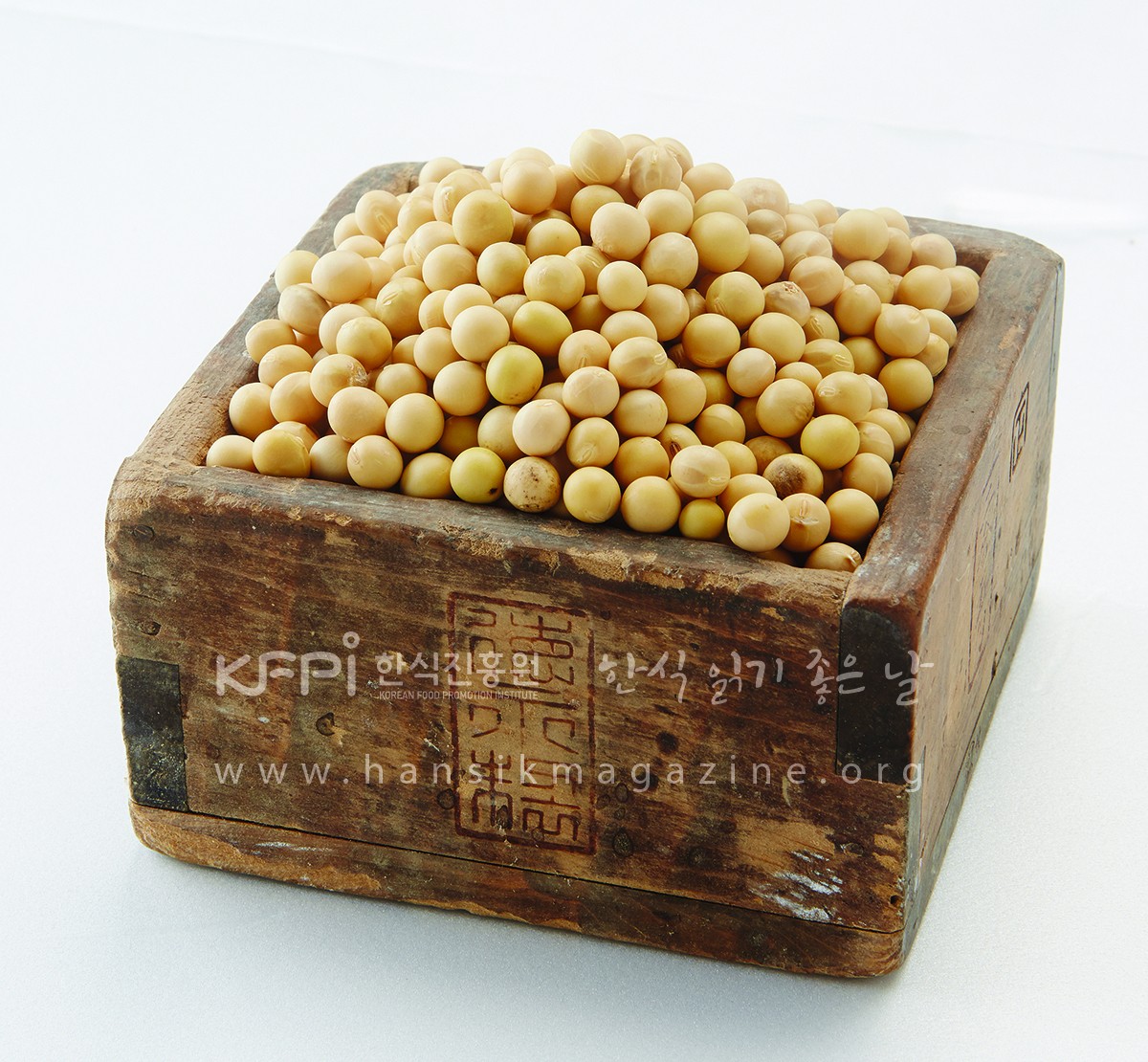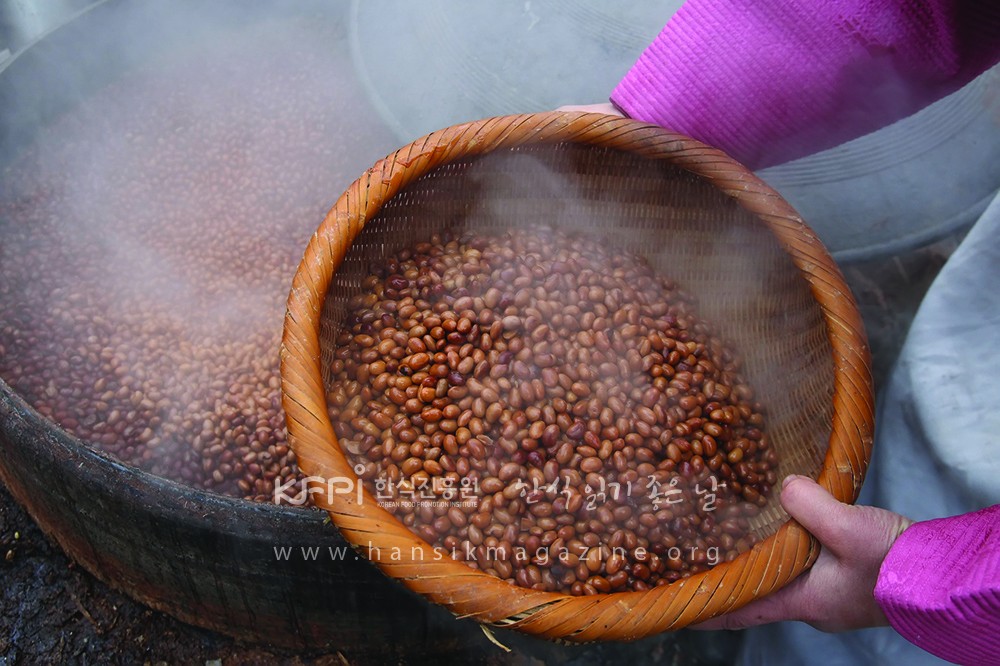한식 읽기 좋은 날
Vol 34. Dorumuk - Gangwon-do
The origin of beans is Korea?
Hansik Archieve
Globally, interest in beans is hotter than ever. Beans, one of the longest cultivated crops with grains, are attracting attention as healthy ingredients rich in protein, dietary fiber, vitamins and minerals. In addition, as the veganism that does not consume animal products due to recent climate change and environmental problems in the livestock industry, food security, and ethical reasons has become an important topic in the world, and the beans with high protein content, which are called "beef in the field", are emerging as a strong alternative.
The dishes utilizing beans, such as Humus in Egypt, Tempe in Indonesia, Peijoada in Brazil, Du Banjiang in China and Natto in Japan, are as diverse as the kinds of beans. The origin of these beans, which can be found anywhere in the world, is none other than the Korean Peninsula.

Korean peninsular where the most bean variants are discovered
Botany traces the origin of crops through the distribution of wild species and diversity of variant species. In the case of beans, the most varieties of beans have been found throughout the Korean peninsula, so it has been proven that Korean peninsula, specifivally Manchuria, which was the former Goguryeo land, is the origin of beans.
According to academic world, bean cultivation began about 5,000 years ago, and carbonized bean remains and relics are found all over the Korean peninsula. Representatively, <Gwanja> ancient Chinese book has a record that Wang Gong in Qi Dynasty brought the bean from Manchuria and distributed them to China. In addition, beans, red beans and millet were excavated along with bronze ware relics dating from around 1300 BC at the site of Odong, Hoeryeong, Hamgyeongbuk-do. In addition, in the 1920s, the United States also hauled 3,379 kinds of wild beans from the Korean Peninsula, more than half of the world's wild bean seeds.

Beans that have been responsible for the protein of the Korean Peninsula
The task of our ancestors, who lived on the Korean Peninsula, which is made up of more than 70 percent of the mountains, must have been to eat protein. Meat is needed to eat protein, but on the Korean Peninsula, where it was difficult to farm because of a lack of grasslands, it would have no choice but to hunt or take meat from a small number of livestock.
According to Hong Ikhee, a professor at Sejong University, beans would have been responsible for the protein on the Korean Peninsula in this natural environment. Despite the lack of pastoral development from 5,000 years ago to date, our ancestors were able to settle on the Korean Peninsula without moving to find meat because they did not suffer from protein shortages thanks to beans.

From Korean Peninsula to China, to the world
Beans on the Korean Peninsula and in Manchuria were handed down to China through the Qi Dynasty during the Gojoseon era. According to Samacheon's <Sagi>", in 623 BC, "Qi Dynasty conquered Sanyung to the north, went to the Gojukguk area, and returned with soybean from Yungsuk". Beans spread to China through the Chinese people of Namcheon to Southeast Asia, afterward, the method of beans cultivation and usage will be known in earnest in Southeast Asia.
Beans were first known to Europe after a botanist described them in 1712. It is said that beans sent from missionaries dispatched to China were first cultivated in the paris botanical garden in 1739. Since then, large-scale bean cultivation experiments have been conducted in Germany and Austria since 1875, but they have not been distributed, and it was recent that beans have been cultivated in southern Europe. Beans were not introduced to Africa until the 20th century.
In Western cuisine, beans don't appear as the main menu, but on the Korean Peninsula, bean-based paste are the basis for food because of the long relationship between the Korean Peninsula and beans. Koreans use many beans, but there are many types of beans that we are not familiar with even now. The beans on the Korean Peninsula are limitless.
[Reference]
The story about world changing food, Hong Ikhee, Sejong book, 2017
Homepage of the Korea Food Science Association
Editorial Dept.










